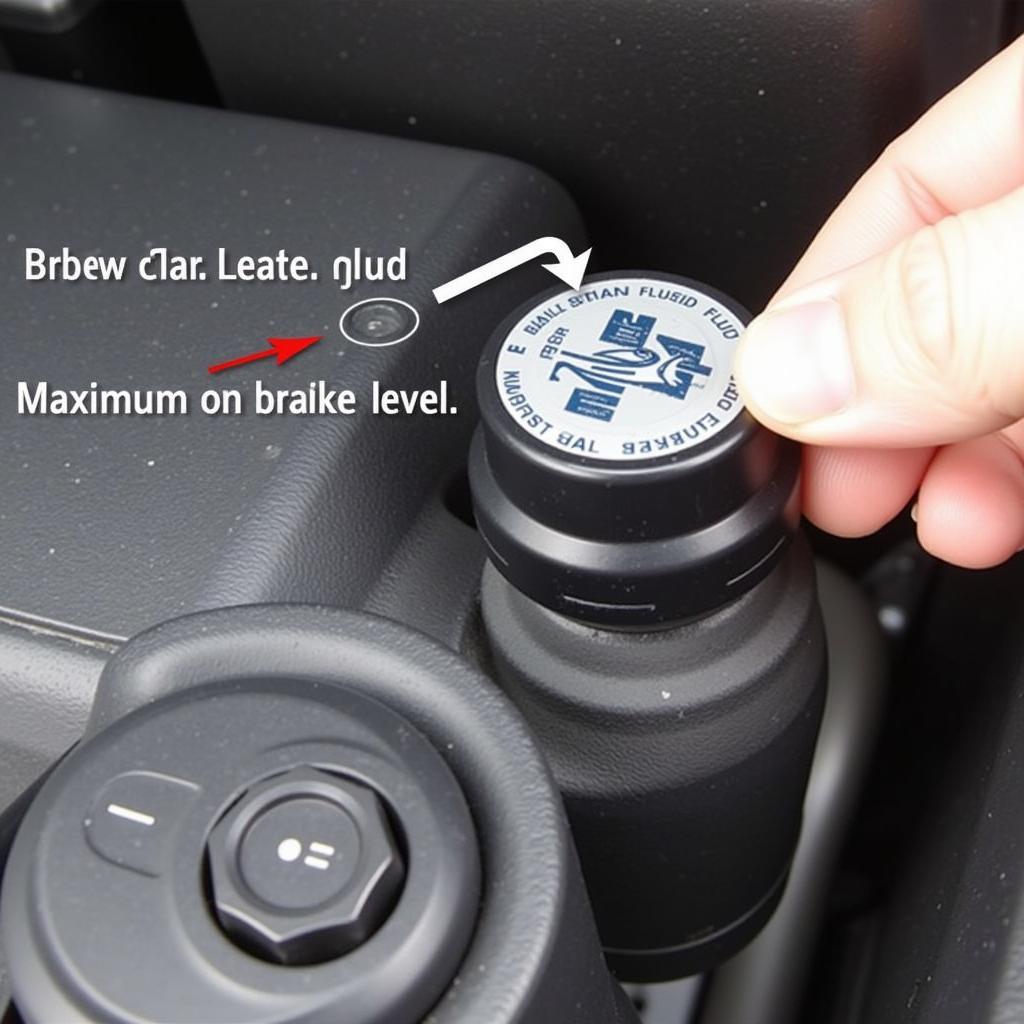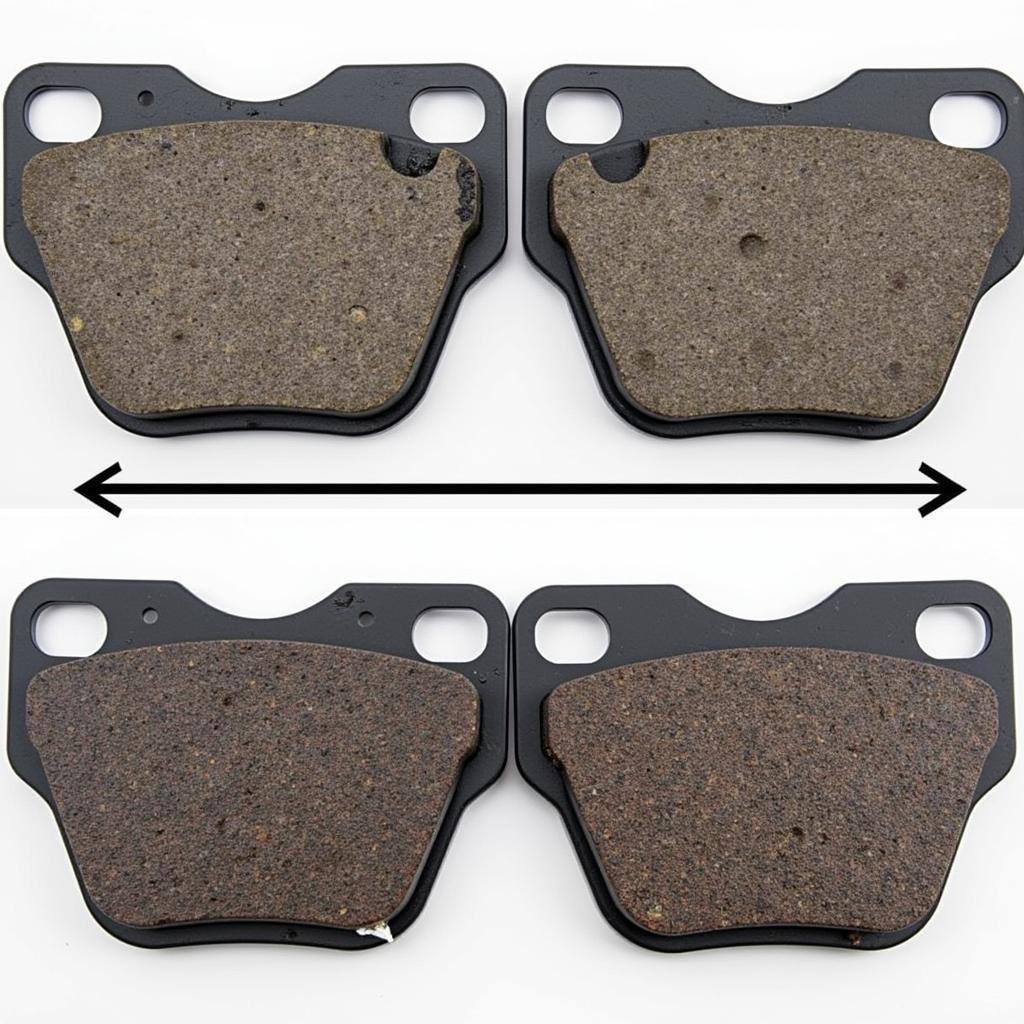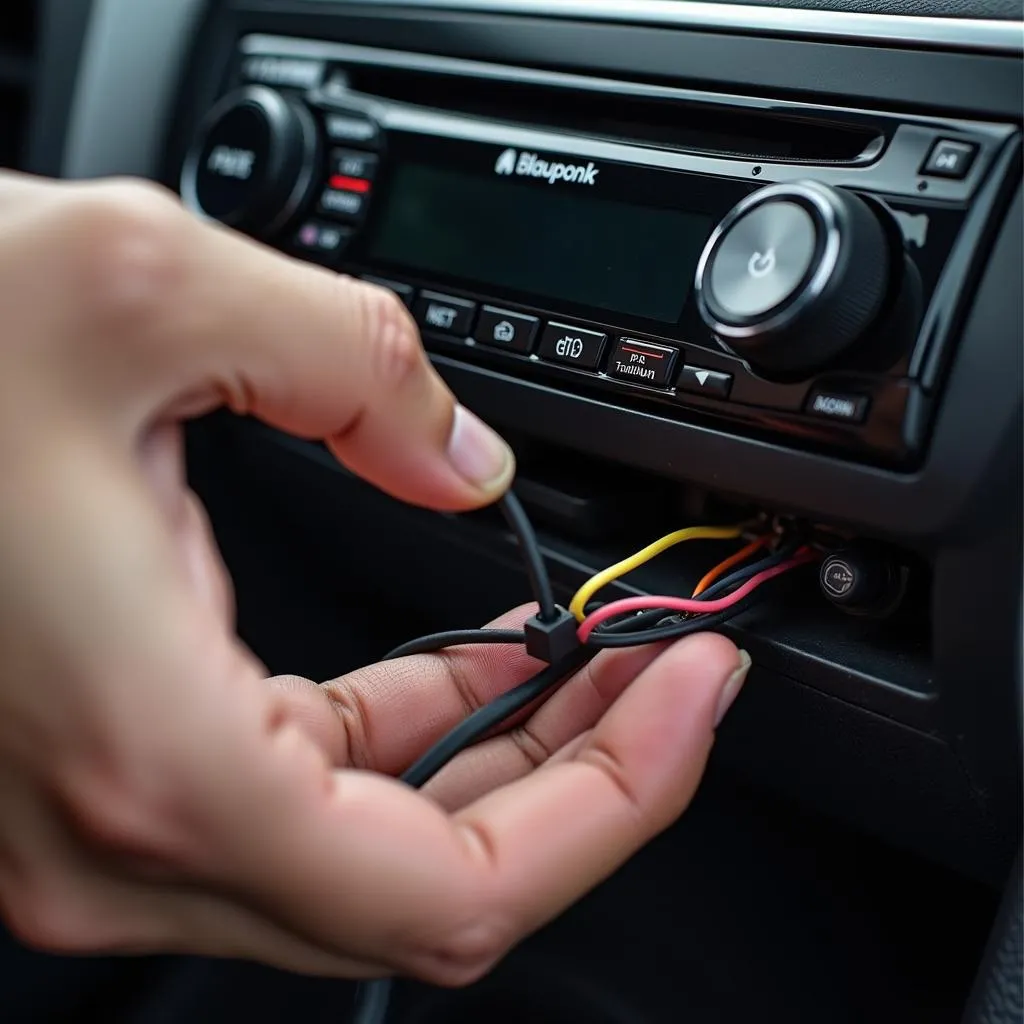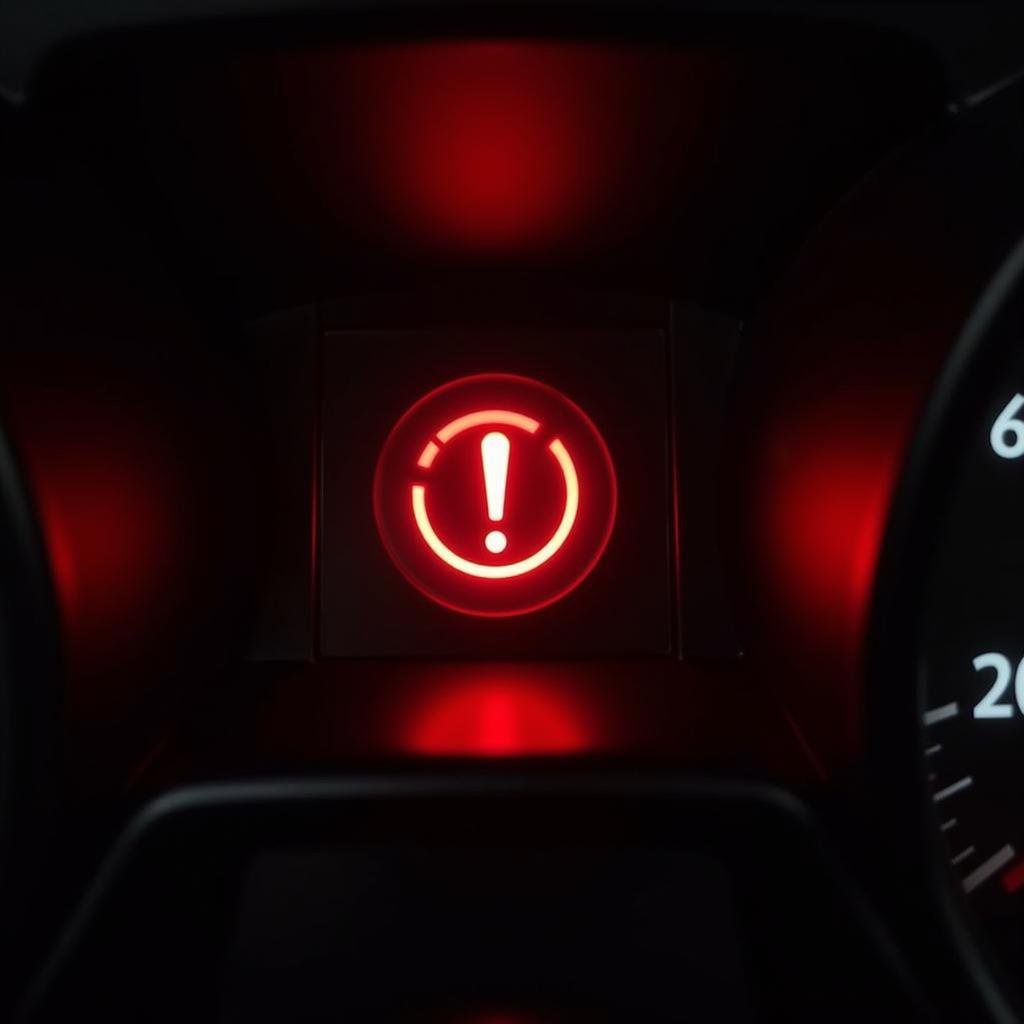The dreaded parking brake warning light on your 2017 Ford Escape can be a real headache. This article will guide you through the common causes of a parking brake warning in a 2017 Escape, helping you diagnose the issue and find effective solutions, even remotely. We’ll explore everything from simple checks to more complex scenarios, offering practical advice and professional insights to get you back on the road.
Common Causes of a Parking Brake Warning Light
A parking brake warning light usually indicates one of a few problems. It could be as simple as the parking brake not being fully released. However, it could also point to a faulty parking brake switch, low brake fluid, or issues with the braking system itself. Understanding these possibilities is the first step towards a solution.
Is the Parking Brake Engaged?
The most obvious reason for the warning light is an engaged parking brake. Double-check to ensure the brake is fully released. Sometimes, it might seem released but isn’t entirely disengaged. Try rocking the car slightly while trying to release the brake.
Low Brake Fluid
Low brake fluid can trigger the parking brake warning light. Check your brake fluid reservoir. If the level is low, add the correct type of brake fluid recommended for your 2017 Escape. If you frequently need to top up your brake fluid, you likely have a leak that requires professional attention.
 Checking Brake Fluid Level in a 2017 Ford Escape
Checking Brake Fluid Level in a 2017 Ford Escape
Faulty Parking Brake Switch
The parking brake switch itself can malfunction. This switch tells the car’s computer whether the parking brake is engaged or not. A faulty switch can send incorrect signals, triggering the warning light even when the brake is disengaged. Diagnosing this often requires a diagnostic scan tool.
Issues with the Braking System
More serious problems within the braking system, such as worn brake pads, a failing ABS module, or a problem with the brake lines, can also illuminate the warning light. These require professional diagnosis and repair.
 Worn Brake Pads on a 2017 Ford Escape
Worn Brake Pads on a 2017 Ford Escape
Troubleshooting the Parking Brake Warning on Your 2017 Escape
Here are some steps you can take to troubleshoot the issue:
- Check the Parking Brake: Ensure the parking brake is completely disengaged.
- Inspect Brake Fluid: Check the brake fluid level and add fluid if necessary.
- Visual Inspection: Look for any visible signs of damage or leaks in the braking system.
- Diagnostic Scan: If the problem persists, a diagnostic scan tool can pinpoint the specific fault code triggering the warning light.
Remote Diagnostics and Programming
Remote diagnostics and programming can be an efficient solution for certain parking brake issues. Using specialized software, qualified technicians can access your car’s computer system remotely to diagnose the problem and, in some cases, even reprogram certain modules to resolve the issue without a physical visit.
“Remote diagnostics offer a convenient and often faster solution to many car problems,” says John Miller, Lead Automotive Diagnostics Engineer at Advanced Auto Solutions. “It allows us to quickly identify the root cause and in many instances, implement a fix without the customer needing to bring their car to the shop.”
Resolving the Parking Brake Warning
Depending on the diagnosis, the solution might involve a simple fix like topping off the brake fluid or adjusting the parking brake cable. More complex issues, like a faulty ABS module, might require professional repair or replacement.
Conclusion
A parking brake warning on your 2017 Ford Escape shouldn’t be ignored. By understanding the potential causes and following the troubleshooting steps outlined in this article, you can effectively address the issue. Remember, remote diagnostic services offer a convenient and efficient way to diagnose and potentially fix certain problems. Addressing the issue promptly ensures your safety and prevents further damage to your vehicle. Don’t hesitate to seek professional help if needed.
“Regular maintenance and timely repairs are crucial for optimal vehicle performance and safety,” adds Sarah Thompson, Senior Automotive Technician at Advanced Auto Solutions. “Addressing warning lights promptly can prevent minor issues from escalating into major problems down the road.”
FAQ
-
Can I drive with the parking brake warning light on? While you might be able to drive, it’s strongly advised against. The warning light indicates a potential problem with your braking system, which could compromise your safety.
-
How much does it cost to fix a parking brake warning light issue? The cost varies depending on the underlying cause. A simple fix like topping off brake fluid could be inexpensive, while replacing an ABS module could be significantly more costly.
-
How often should I check my brake fluid? It’s a good practice to check your brake fluid level at least once a month.
-
What is the difference between the parking brake and the emergency brake? They are essentially the same thing. The term “parking brake” is more commonly used today.
-
Can remote diagnostics fix all parking brake issues? While remote diagnostics can effectively diagnose many issues and even reprogram certain modules, physical repairs might still be necessary in some cases.
-
How do I find a reputable remote diagnostics service provider? Look for certified technicians with experience in remote diagnostics and programming, particularly for your vehicle make and model.
-
What type of brake fluid should I use in my 2017 Ford Escape? Always consult your owner’s manual for the correct type of brake fluid recommended by the manufacturer.


